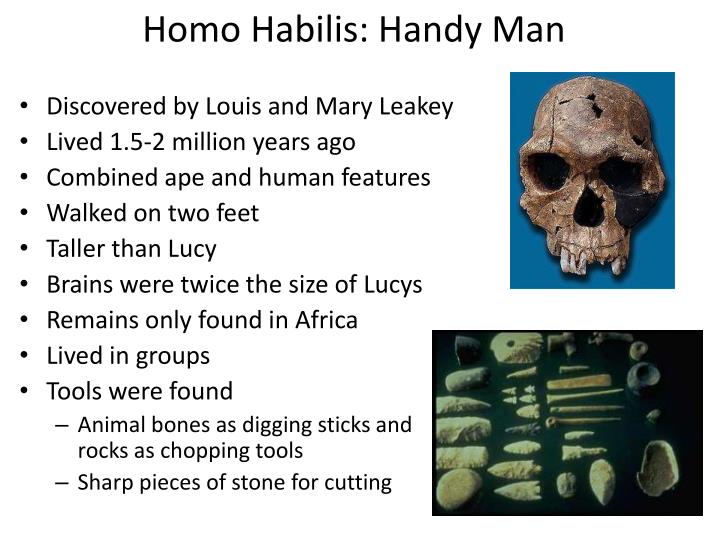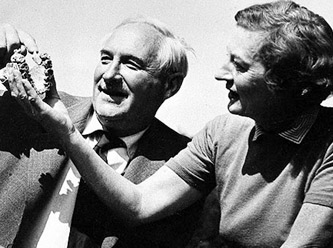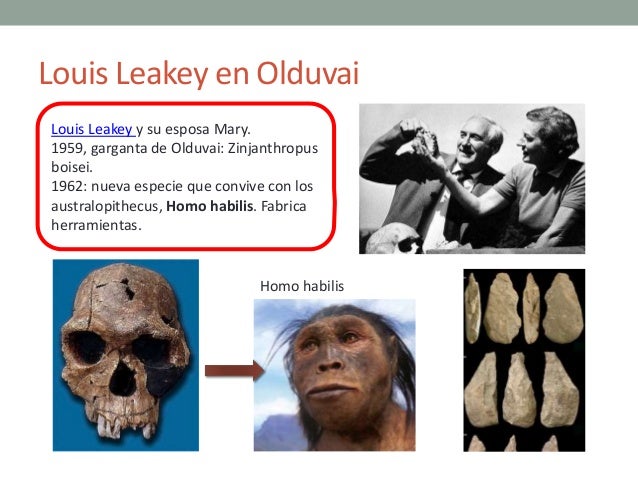As many of you ask me for most of the Louis Vuitton bag prices on our Instagram
- PM (29.0 x 21.0 x 12.0 cm (length x height x width )) [Price $1,310]
- MM (31.0 x 28.5 x 17.0 cm (length x height x width) ) [Price $1,390]
- GM (39.0 x 32.0 x 19.0 cm (length x height x width )) [Price $1,470]
The Louis Vuitton Neverfull materials are Monogram, Epi Leather, Damier Ebene and Azur Canvas.
The prices for Monogram, Canvas and Damier Ebene are the same but for the Epi Leather, LV Giant and Monogram Jungle it changes. In the table below you will find the prices for every LV Neverfull bag.
NEVERFULL MM MONOGRAM JUNGLE & Giant Price: ($1,750)
NEVERFULL MM EPI LEATHER DENIM Price: $2,260
NEVERFULL MM EPI LEATHER NOIR Price: $2,090





Homo habilis Leakey et al., 1964 - GBIF
Homo habilis Leakey et al., homo habilis louis leakey 1964 Dataset GBIF Backbone Taxonomy Rank SPECIES Classification kingdom Animalia phylum Chordata class Mammalia ...In 2001, Leakey and her mother, Meave, found a previously unknown hominid, the 3.5-million-year-old Kenyanthropus platyops, at Lake Turkana -- the same region where her father, Richard, discovered the "Turkana Boy" fossil, and near Tanzania's Olduvai Gorge, where her grandparents, Louise and Mary Leakey, discovered the bones of Homo habilis.
Early Members of the Genus Homo – Explorations
The first fossils to be named Homo habilis were discovered at the site of Olduvai Gorge in Tanzania, East Africa, by members of a team led by Louis and Mary Leakey (Fig. 10.4). The Leakey family had been conducting fieldwork in the area since the 1930s and had discovered other hominin fossils at the site, such as the robust Australopithecus ...Mar 20, 2017 · A handful of homo habilis louis leakey scientists are agitating to change the name of the venerable Homo habilis, named in 1964 by Louis Leakey, Phillip Tobias, and John Napier.Like wildebeest, they’re snorting and ...
The fossil discoveries arrived one after the other, each more spectacular than the last: Proconsul africanus in 1948, Zinjanthropus boisei in 1959 and Homo habilis in 1964. Leakey’s hominids not only pushed back, by more than one million years, the birth of the human lineage, but the dating of their remains, older than the Asians, convinced ...
Homo habilis | Paleontology Wiki | Fandom
Homo habilis ("handy man", "skillful person") is a species of the genus Homo, which lived from approximately 2.5 million to 1.8 million years ago at the beginning of the Pleistocene.The definition homo habilis louis leakey of this species is credited to both Mary and Louis Leakey, who found fossils in Tanzania, East Africa, between 1962 and 1964. Homo habilis is arguably the first species of the Homo genus to appear.Richard Erskine Frere Leakey, second son of Louis and Mary, was born on December 19, 1944. ... including skulls of Homo habilis and Homo erectus, and remains of robust australopithecines A. boisei and 0 The extraordinary discovery of the nearly complete 1.6 million year old skeleton of the “Nariokotome Boy” ...
Felfedezésük. Az első leleteket (állkapocs, agykoponya-töredékek és kézcsontok) Mary és Louis Leakey találta a tanzániai Olduvai-szakadékvölgyben 1960-ban.A Homo habilis maradványai mellett, ugyanazon rétegekben találták a legősibb, 2,3 millió éves kőeszközöket. Az Olduvai-szakadék, e jelentős lelőhely nevéből született meg az olduvai-ipar kifejezés.
Unit 2; Lesson 1: Learning About Our Past Flashcards | Quizlet
Homo habilis used stone tools for cutting, scraping, chopping and sawing plants, animals, and wood. What did Mary and Louis Leakey discover that affected our understanding of early hominids? Hominids evolved in Africa, not Asia, as previously believed.RECENT POSTS:
- supreme x louis vuitton monogram blanket reddit
- vintage louis vuitton multicolor belt bag
- tote bags wholesale bulk
- fondation louis vuitton structure
- louis vuitton in china market price
- lv jewelry box dhgate
- lv flower zip tote mm
- louis vuitton monogram idylle mini pochette
- louis vuitton x supreme denim barn jacket
- supreme louis vuitton airpod pro case
- lv agenda cover reviewed
- lv price increase
- how to check if louis vuitton pouch is reality
- lv bag on chain